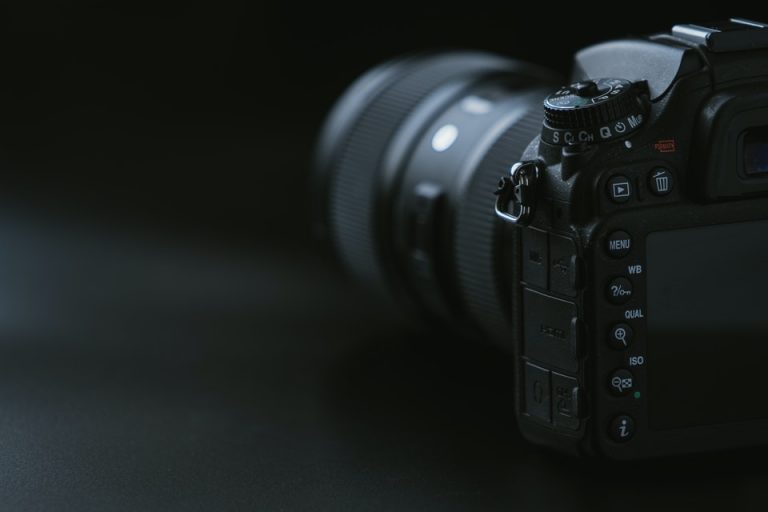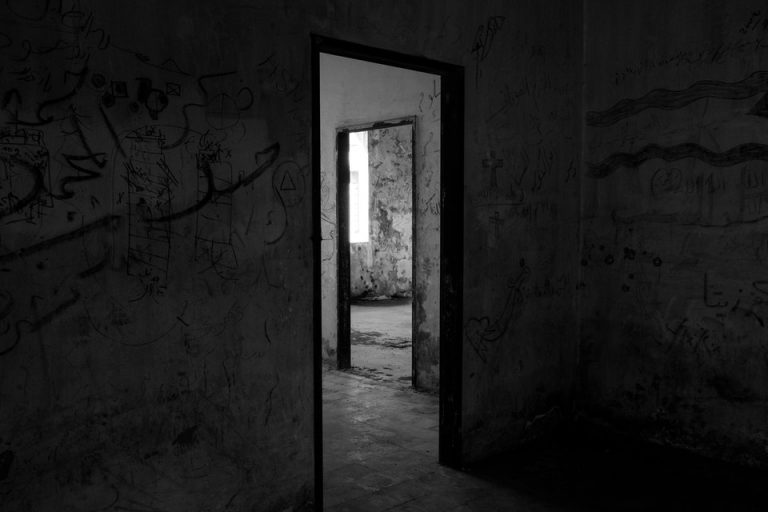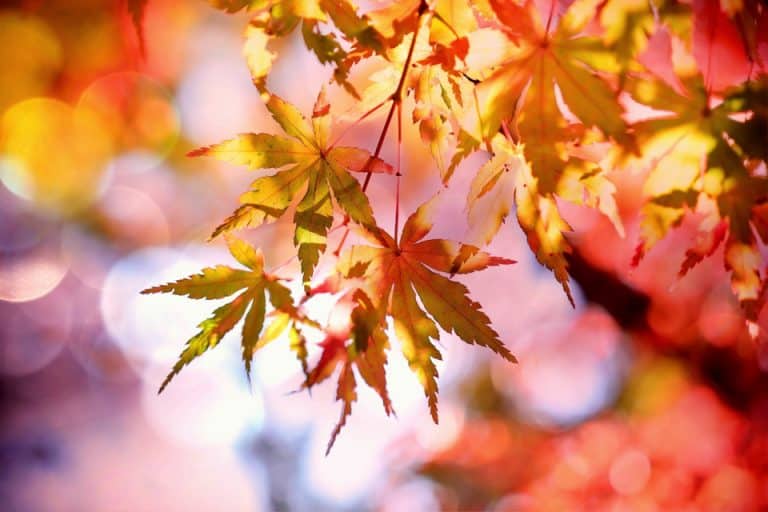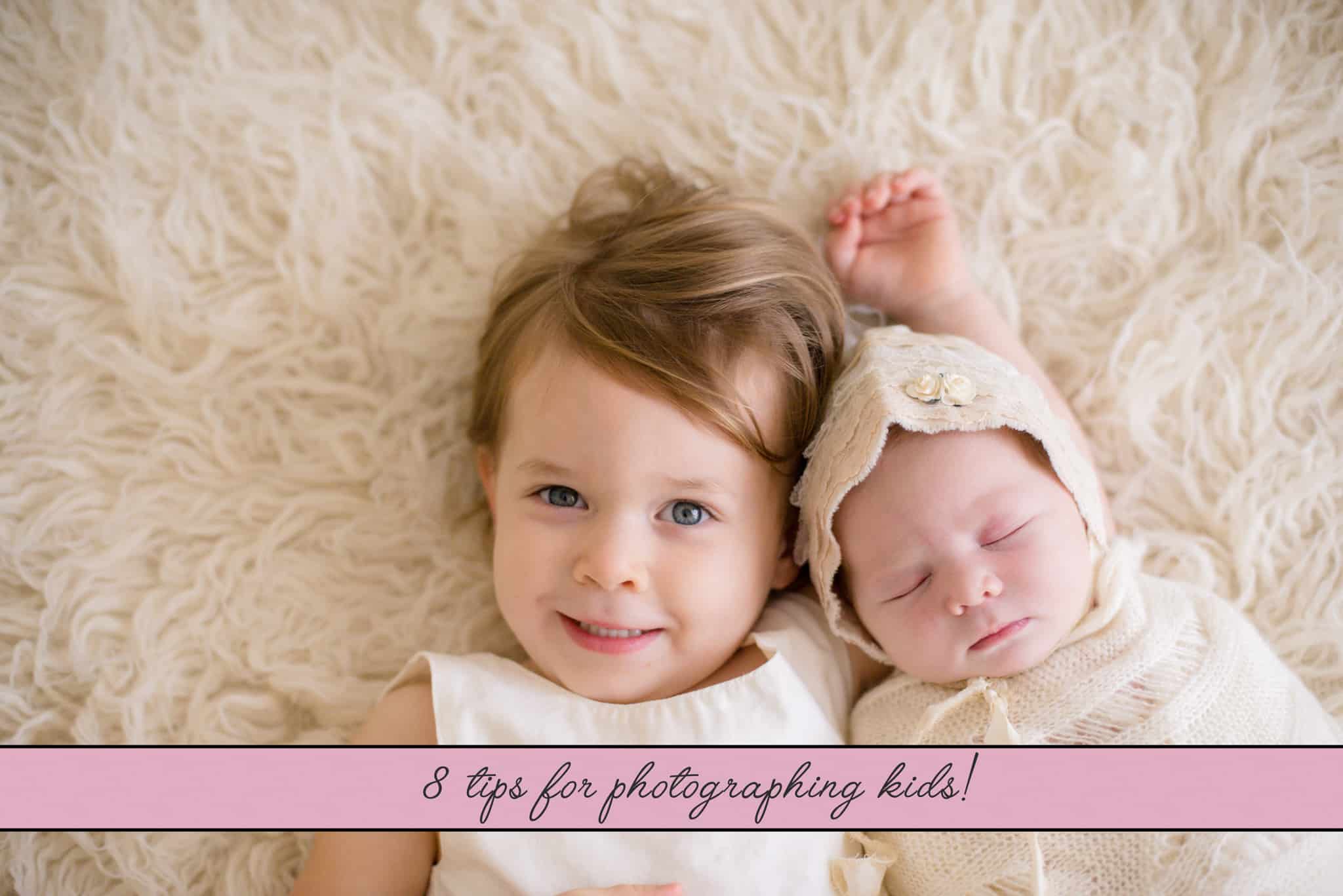There are many functions that modern cameras have. But some of the old ideas that modern cameras can’t do away with are your aperture, your shutter speed and your ISO (i.e. sensitivity of the film to light or in digital cameras your sensor’s sensitivity to light). These all have very important relationships between each other and they all affect exposure (how light or how dark your photo is). These relationships are described in a visual form of a triangle and is aptly named the exposure triangle.
Here we are going to just look at one aspect of the three and keep it to the basics. While we will not be talking about the other two (shutter speed & ISO), remember they are affected by the aperture. But by just focusing on the aperture, which is measured in a term called “F-stop” you will be able to become more creative helping you to develop just one more skill.
The aperture is the size of the hole in your lens that lets light into the camera. Very simple! The bigger the hole, the more light. And conversely, the smaller the hole the less light is allowed into your camera. Now, the f-stop (which is the measurement of the aperture) is where people get confused. The smaller the number, the bigger the hole and the bigger the number the smaller the hole. Generally speaking entry level lenses will have an f-stop from 2.8 (the biggest hole) to 32 (the smallest hole). So if the f-stop is 2.8, is the lens allowing more light or less light into the camera? YES! It is allowing more light into the camera because a small f-stop means a big whole. A similar example of this “backwards” numbering is if you get your ears pierced. The bigger the number, the smaller the piercing hole. Same in the medical field if you are receiving an injection. The larger the needle the smaller the gauge.

So, if you are taking pictures in the evening, early morning or inside where there are few windows, do you want to have more or less light? Generally you NEED more light, just as the eyes of your pupils dilate (or open) so you can see. Your camera loves light, it needs light to make an image, so opening the hole in your lens will make your camera happy and thus, your images better.

Early in the winter morning of a market in NE China I needed as much light as possible, so my F-stop was at 1.8 (very large hole)
So what is the kicker? It is not a perfect world and you do lose something or gain something when your aperture size changes. The larger the hole (remember that is indicated by a low F-stop like f2.8 or f3.5) the less depth of field (DoF) you have. Meaning, what is in front of and behind of your subject is less clear. Some lenses have an F-stop of 1.2 or even lower and that means there is a huge piece of glass in the front and it allows lots of light to get in. It also means that the amount of the picture in focus is very limited at an F-stop of 1.2. On the other hand, if you have a high F-stop of 16 (meaning a small hole) you will have very little light entering the camera but almost everything will be in focus.
Generally, landscape photographers prefer everything in the photo to be in focus and therefor use higher F-stops. But because there is a lower amount of light entering the camera, they use a tripod so they can have a longer shutter speed (reference the exposure triangle). For portrait photography people generally choose a low F-stop, creating a lower DoF (less in focus) so the models face is isolated and the background is blurry (called bokeh). When it is dark it is best to choose a lower F-stop so your camera can get more light.

This is landscape photo of an erupting volcano in Guatemala, so having as much in focus as possible will make it more appealing and that is why my F-stop was set at 8 (small hole)
So, this is a very simple explanation of aperture. There are many other variables, but you don’t need to be concerned with all of them now. On a Canon camera the aperture control setting is indicated by “Av” and on Nikon it is indicated by “A.” This will give you control over the aperture while letting the camera figure out the correct shutter speed and ISO. The camera can work out the exposure itself!
Thus, you can keep your mind “focused” on a more creative element, like getting everything in focus, isolating your subject by decreasing the depth of focus DoF, being able to get better shots in low light with a lower F-stop, or by creating sharper landscape images.

As a portrait, capturing this Guatemalan woman was my primary purpose and isolating her from the background helps the viewer focus on her so my F-stop was set at 3.2 (large hole)
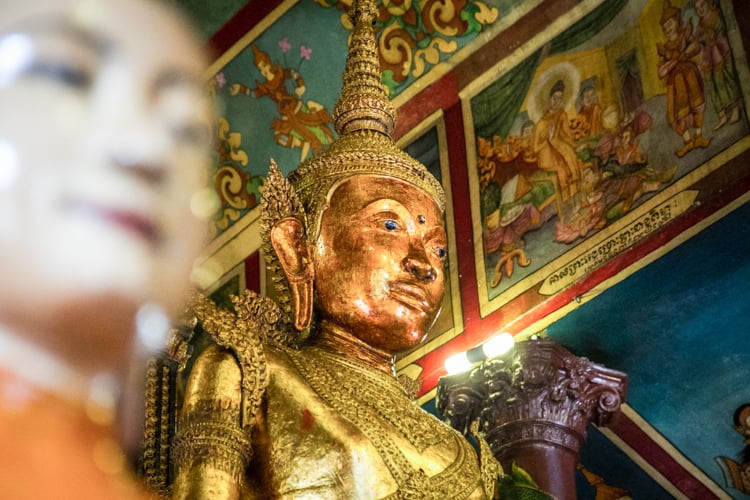
Inside this temple in Cambodia light was limited so I needed more light and also I wanted to isolate the face of the statue so I choose an F-stop of 3.2 (large hole)
Looking for more help with aperture, depth of field and understanding exposure?
Fundamentals of Photographer – Understanding Aperture
Photography Basics – Understanding the Exposure Triangle
Depth of Field Explained – What it is & What You Need to Know!
Keep it simple, get your camera off of totally automatic and just play with one variable. The aperture variable is a great place to start because it allows for some more creative freedom. It also helps you to understand the basics of how light can be manipulated by your lens. Give it a try for a week or two! Challenge yourself to understand just one more aspect of your camera. It will be well worth your effort!


